Frozen Shoulder and Physiotherapy Management
Frozen Shoulder Introduction
A frozen shoulder is a condition that causes shoulder pain and stiffness, which most commonly occurs in middle-aged people. When it occurs, it can be very difficult to move the shoulder. Frozen shoulder is a condition that is easily treated with exercise and this article is going to explain a few exercises which you can do at home to help relieve your frozen shoulder. These exercises may take a few weeks to work so you will need to be patient, however, by doing these exercises regularly, you will find that your frozen shoulder will start to improve.
- Frozen shoulder is a condition that affects the shoulder joint. It usually involves pain and stiffness that typically begin gradually, worsen over time, and then resolve, usually within one to three years.
- It is also called Adhesive Capsulitis of the Shoulder Joint.
- Developing a frozen shoulder depending upon conditions that limit or restrict shoulder joint movement eg. post fracture shoulder stabilize and not allow to do movement which may lead to joint stiffness, paralysis or pain around the shoulder joint may also contribute factor in developing stiffness of the joint.
- In a frozen shoulder, the capsule becomes so thick and tight that it’s hard to move. Bands of scar tissue form and there’s less of a liquid called synovial fluid to keep the joint lubricated. These things limit motion even more.
- Treatment for frozen shoulder involves shoulder joint range-of-motion mobilization exercises and medications that relieve pain also Called NSAIDS /injected pain reliever medicine into the joint capsule. In a small percentage of cases, arthroscopic surgery may be indicated to loosen the joint capsule so that it can move more freely.
- It’s unusual for a frozen shoulder to recur in the same shoulder, but some people can develop it in the opposite shoulder.
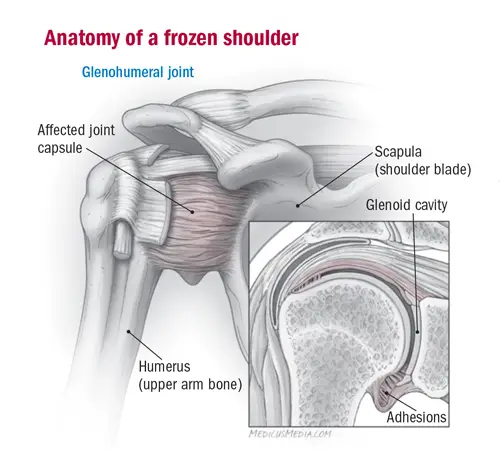
Anatomy Of Shoulder Joint
To Understand the Frozen shoulder, we must have a basic understanding of shoulder joint anatomy and function of the joint. The shoulder joint is made up of three bones that form a ball-and-socket joint. They are your upper arm (humerus), shoulder blade (scapula), and collarbone (clavicle). There’s also tissue surrounding your shoulder joint that holds everything together. This is called the shoulder capsule.
Shoulder Joint Range Of Motion
Movement of Shoulder Joint in Degree:
- Shoulder Flexion : 0 – 180 Degree
- Shoulder Extension : 0 – 40 Degree
- Shoulder Abduction : 0 – 180 Degree
- Shoulder Adduction : 0 -70 Degree
- Shoulder External Rotation : 0 – 90 Degree
- Shoulder Internal Rotation : 0 – 80 Degree
What are the Causes of Frozen Shoulders?
It is not the exact reason why some people develop it, but some groups are more at risk.
It happens more often in women than men, more likely to be between the ages of 40 and 60. People who are at risk might also go up if in the process of recovering from a medical condition like a stroke, or surgery like a mastectomy that keeps you from moving your arm.
Certain medical conditions can increase risk too. People may also be more likely to get frozen shoulder if they have diabetes. About 10% to 20% of people with diabetes get frozen shoulder. Other medical problems like heart disease, thyroid disease, or Parkinson’s disease are linked to frozen shoulder, too.
Which Symptoms are common in Frozen Shoulders?
The common symptoms are pain and stiffness that restrict the shoulder joint to movement and may lead to difficulty in using the shoulder joint in day-to-day activities.
If anyone has a frozen shoulder, you’ll likely feel a dull or achy pain in one side of the shoulder. You might also feel the pain in the shoulder muscles that wrap around the top of your arm. You might feel the same sensation in your upper arm. Your pain could get worse at night, which can make it hard to sleep.
There are typically go through three phases with a frozen shoulder. Each has its own unique symptoms and timeline.
Stage 1: Freezing stage
- Shoulder joint pain (sometimes severe)
- It slowly gets worse over time and may hurt more at night.
- This can last anywhere from 6 to 9 months.
- Stiffness of Shoulder Joint / Restriction of Shoulder Joint Movement
Stage 2: Frozen stage
- Shoulder pain Fluctuating but Joint stiffness gets worse.
- Moving the shoulder joint becomes more difficult and it becomes harder to get through daily activities.
- This stage can last 4-12 months.
Stage 3: Thawing stage
- Shoulder Joint range of motion starts to go back to normal.
- This can take anywhere from 6 months to 2 years.
How Diagnosis is done?
The physiotherapist or Doctor will Examine the shoulder joints, physical examination Mainly the type of pain, Other Medical History of the patient, and Range of Motion Examination.
A physical examination is usually enough to diagnose a frozen shoulder, but sometimes doctor may also order imaging tests such as X-rays, ultrasound, or MRI to rule out other problems like arthritis or a torn rotator cuff that can also cause pain and limit how far it moves.
Treatment of Frozen Shoulder
To reduce pain non-steroidal anti-inflammatory drugs (NSAIDs) can help relieve the pain and inflammation in your shoulder. If they don’t help, the doctor might prescribe a stronger medication.
If symptoms are intense or don’t improve over time, the doctor might recommend other kinds of treatments, including:
A corticosteroid injection in the shoulder joint to reduce pain and improves range of motion.
Joint distension. This means the doctor will inject sterile water into the shoulder capsule to stretch it. This may improve shoulder joint movement.
Physiotherapy Management

Physiotherapy exercises are the most preferable option nowadays, Natural Treatment and No Side Effects are why most chosen option of all other way of Treatments.
Shoulder joint stiffness and pain are common in Frozen shoulders, so Symptomatic Physiotherapy Treatment is designed according. First Physiotherapist takes the Range of Motion of Each Movement, Type, and area of pain identified, according to which treatment plans are decided.
To Control Pain:
Pain Relieving Modalities Like Short Wave Diathermy (SWD), Ultrasound Therapy, Interferential Therapy, TENS, and LASER are used to improve pain and relieve muscle spasms and other co-related symptoms.
Why Do Exercise for Frozen Shoulder?
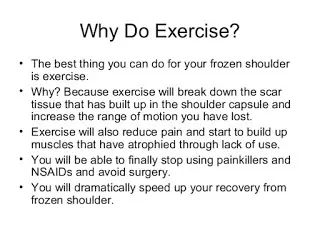
To Improve Range Of Motion Exercise
After the Examination of the Range Of Motion Of Movement, Checking End feel, Physiotherapist suggested a Few Exercises at Home and a Few Exercise in the clinic with the Help of Equipment in the clinic, and mobilization techniques are used to improve R.O.M.
Home Exercise Guideline:
Here we Update a few Simple Exercise anyone can do at home at a convenient Time:
(1) Passive Range of Motion Exercise of Shoulder Joint:
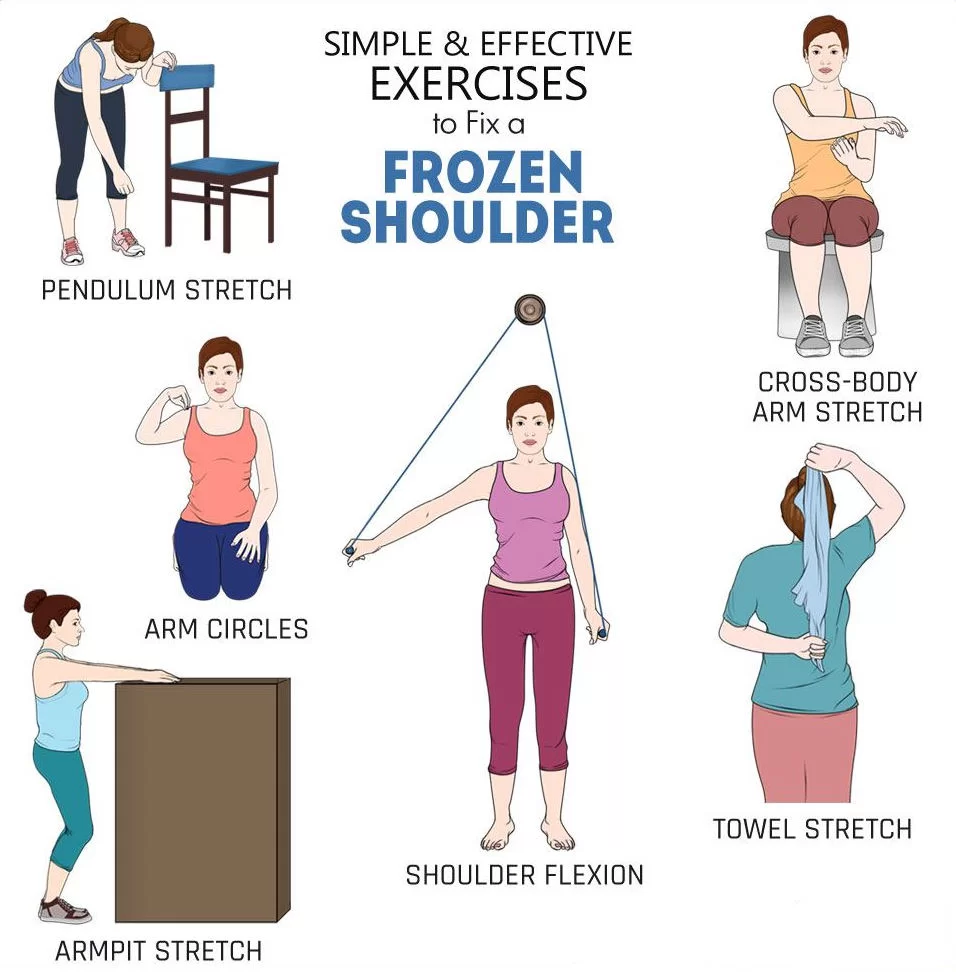
To Do Passive Movement we should use the opposite hand and do shoulder flexion and try to uplift the hands towards the heads to try to improve R.O.M, This exercise will improve shoulder flexion and gradually increase Repetation and Early morning and evening sessions – two times a day are more Helpful.
(2) Active Movement of Shoulder Joints:
Active Movement are useful to maintain R.O.M off All Movement and also improve muscle tone this can be done two times a day and Gradually increase repetition day by day.
(3) Wall Sliding with Help of Finger:
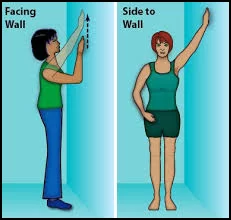
Wall sliding with the Help of the Finger improves shoulder flexion and Abduction movement and is easily done at home and recommended two times a day as and simple home exercise.
(4) Shoulder Towel Stretches:
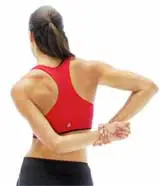
This Exercise will improve the Rotation movement of the shoulder joint Gradually stretching is Recommended two times a day and Gradually improve Repetition also.
(5) Rope and Pully Exercise:
Rope and Pully are commonly used By physiotherapists, Mostly ready-made pully is available in the market, and this is used widely and easily available and This will improve the Flexion and Abduction Range.
(6) Shoulder Pendular Exercise:
Shoulder Pendular Exercise is Helpful for Early Warm and reduces pain sometimes. Easy Exercise and Do at Home anytime.
(7) Use Of Affected Shoulder in Day To Day Activity:
Pain in the shoulder may limit movement and reduce the use of this shoulder adversely affecting the shoulder and become more stiff. so use of the shoulder in day-to-day activity is the best way of Treatment.
(8) Use Of Stick:
Stick are used to improve mainly flexion movement and Abduction Movement, These are common Exercise, Anyone can do them 2 times a day and Gradually increase Repetition are Recommended.
Surgery: This is very rarely necessary to treat a frozen shoulder. But if other treatments haven’t helped, your doctor may suggest surgery. It likely would be an arthroscopic procedure. That means it’s done with lighted, pencil-sized tools that are inserted through tiny cuts in your shoulder.
Shoulder manipulation under anesthesia can help loosen up your shoulder tissue but is very rarely done anymore because Surgeons forcefully move the shoulder under general anesthesia. With this method, there was an increased risk of complications including fractures and Tissue injury.
Preventive Measure and Care During Frozen Shoulder:
Gentle, progressive range-of-motion exercises, stretching, and using your shoulder in day-to-day activity may help prevent a frozen shoulder after surgery or an injury. Diabetes under control, Pain Regular Exercise, and Use Of Hot and Cold packs are also Natural ways of controlling pain and stiffness.
FAQ
What is the main cause of frozen shoulder?
Frozen shoulder is most commonly caused by inflammation (swelling, discomfort, and irritation) of the tissues around the joint, even though numerous shoulder disorders also cause pain and lack of mobility. The capsule is the layer of tissue that surrounds and stabilizes the joint.
What is the best remedy for a frozen shoulder?
Aspirin, ibuprofen (Motrin, Advil), or naproxen (Aleve, Naprosyn, Anaprox) are examples of anti-inflammatory medications. Pain can also be relieved by applying an ice pack or bag of frozen vegetables to the shoulder for ten to fifteen minutes, many times a day. injection of corticosteroids into the soft tissues or shoulder joint.
How I cure my frozen shoulder?
Treatment generally consists of three steps:
Pain relief: Avoid painful activities. Move your shoulder only gradually.
Prescription medicines provide relief from pain and swelling. Perhaps you might have steroid injections to reduce the swelling in your shoulder.
Regaining mobility with shoulder exercises once the discomfort subsides.
What is stage 3 of frozen shoulder?
Stage 3: Thawing
During the “thawing” stage, shoulder mobility gradually gets better. It normally takes between six months and two years to fully recover to normal, or nearly normal, strength and mobility. The smooth tissues of the shoulder capsule thicken, stiffen, and swell when a person has a frozen shoulder.
Can frozen shoulder be cured?
Stretching and at-home activities should be a part of the patient’s recovery. As mentioned above, the stretching exercises have to be performed at least once or twice a day at home. Frozen shoulder often goes away nearly entirely with time and regular adherence to the recommended treatment plan.
Is it OK to massage a frozen shoulder?
In the meantime, treatments at a Massage center might help you cope with your frozen shoulder until it returns to normal. The affected area’s muscles will relax with a variety of massage techniques. This reduces the possibility of inflammation, which may otherwise result in soreness and edoema.
Is frozen shoulder serious?
Adhesive capsulitis, another name for frozen shoulder, is a frequent condition that results in discomfort, stiffness, and loss of normal range of motion in the shoulder. If treatment is not received, the illness tends to worsen over time and can result in a major handicap.

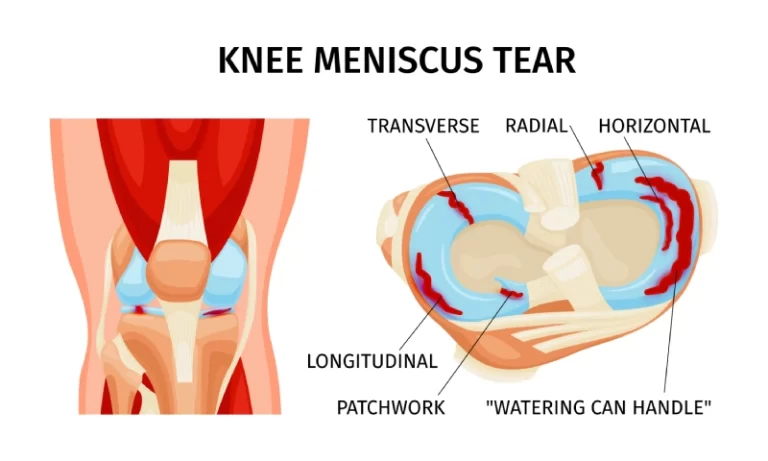
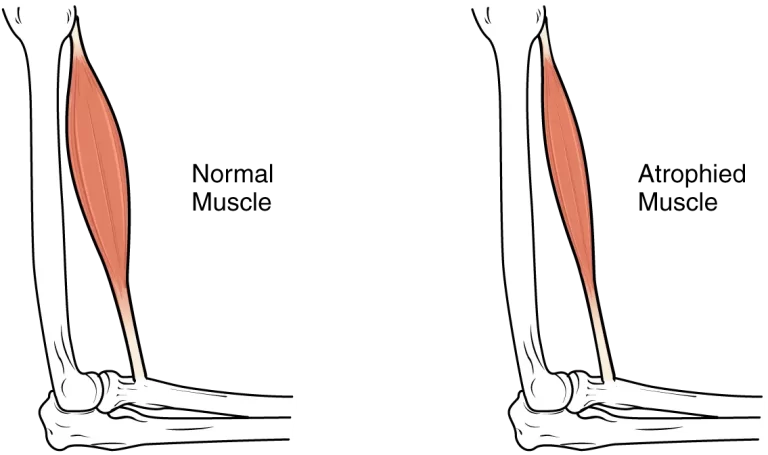
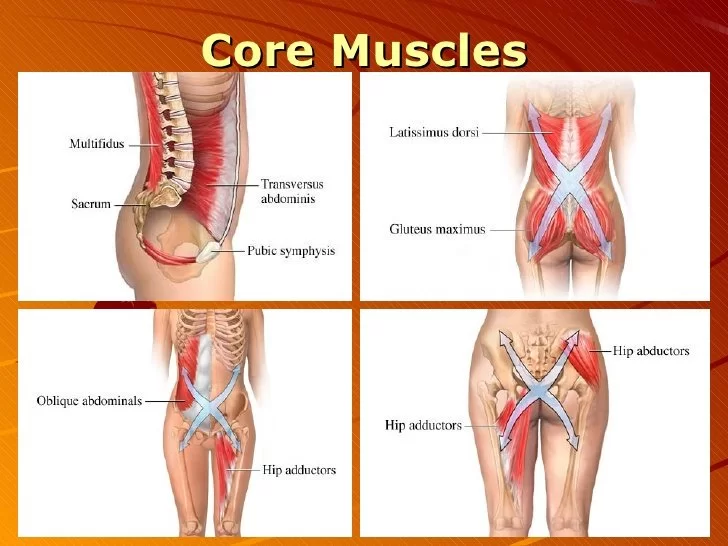
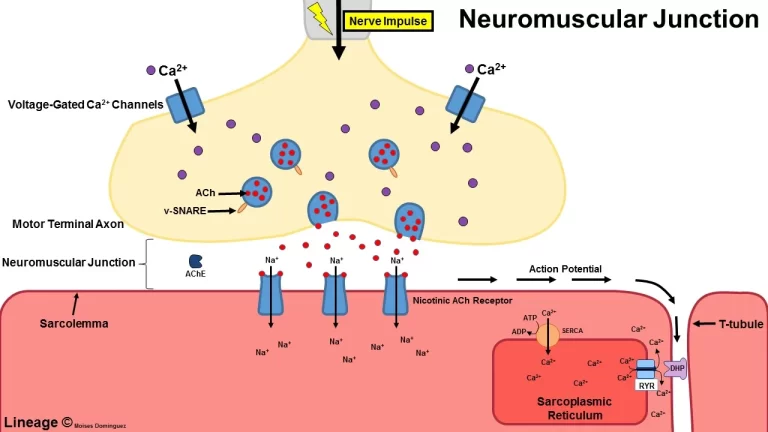

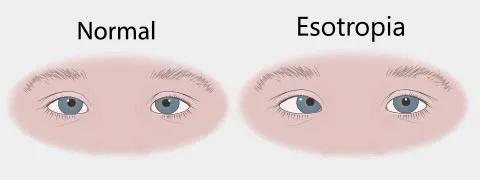
26 Comments